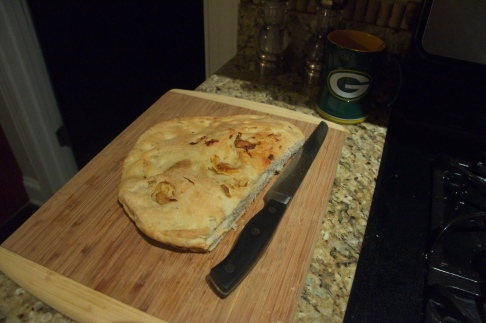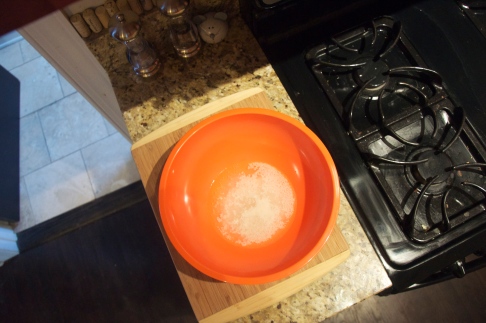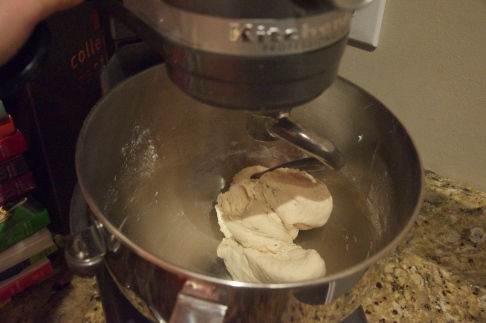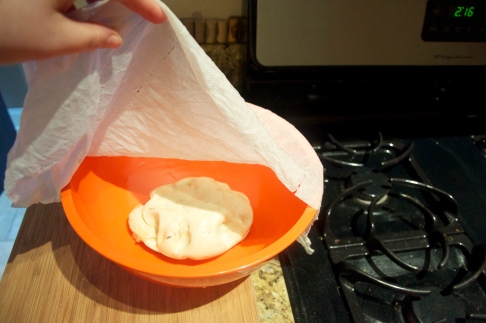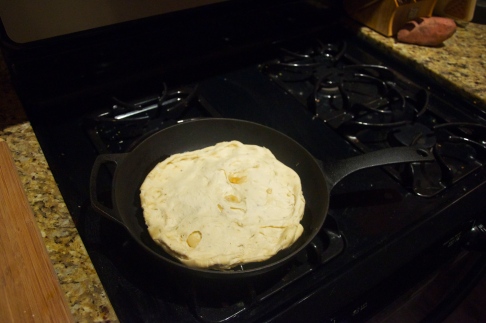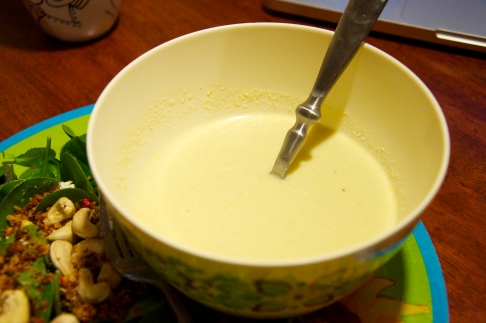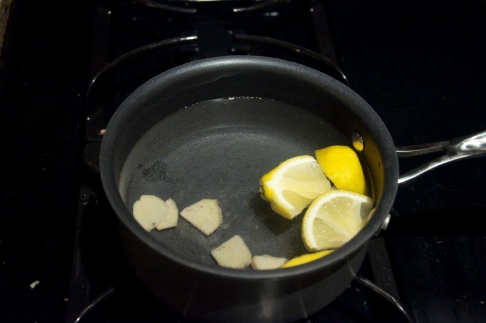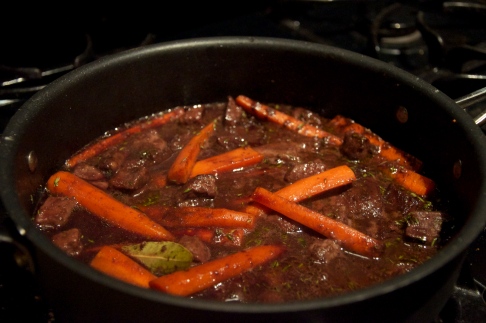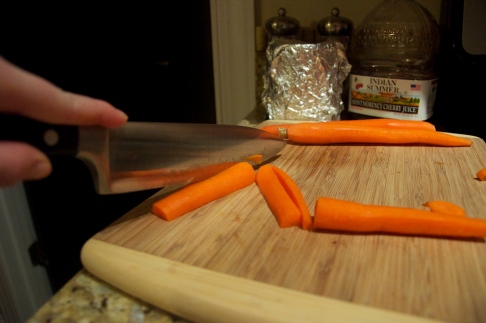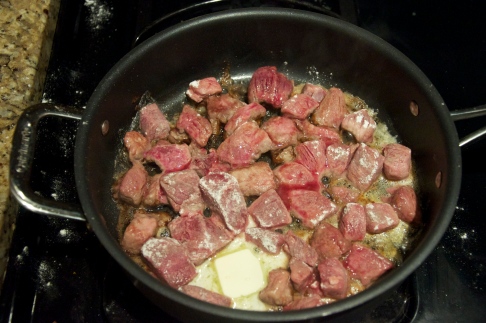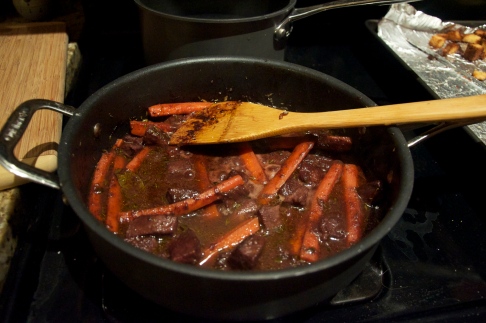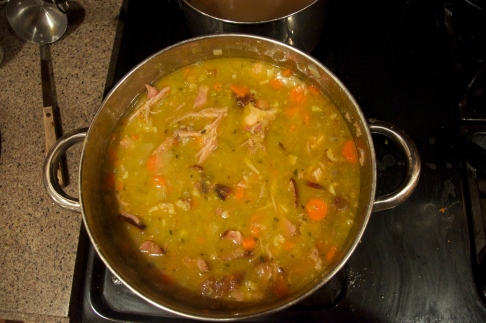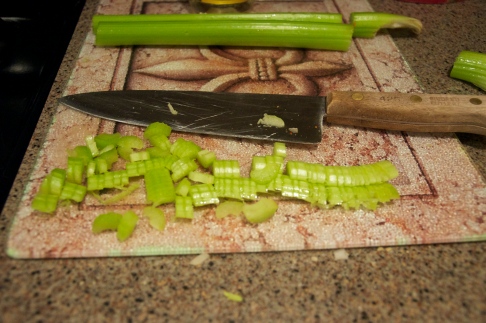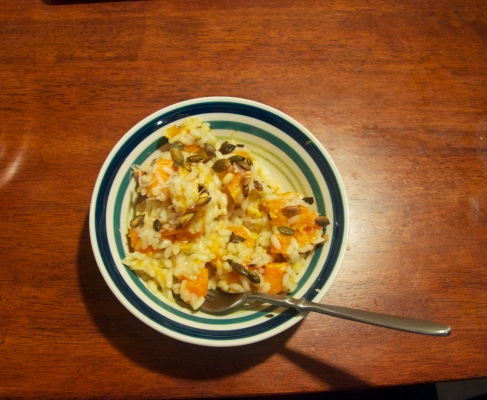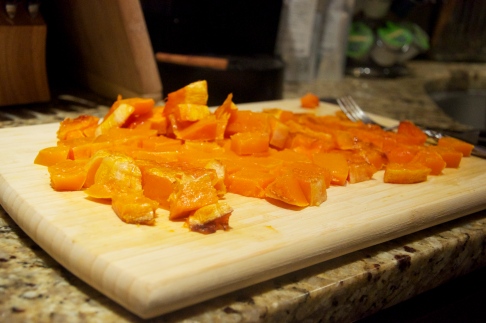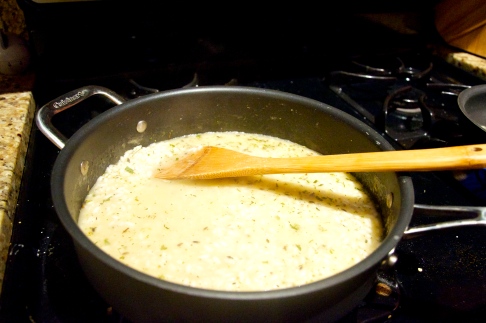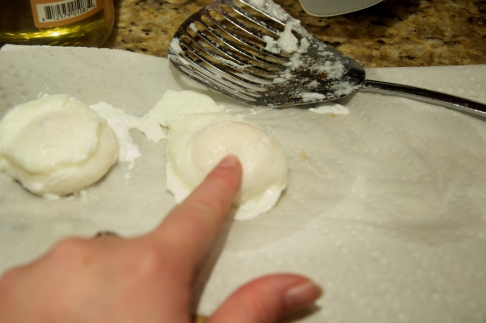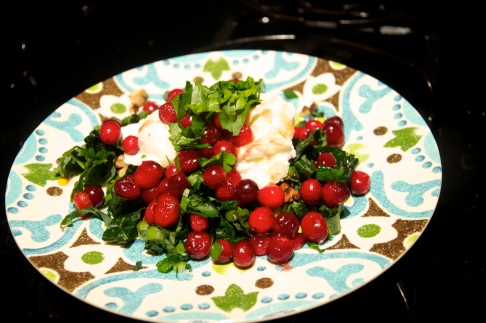This week has been busy. Like really busy. I started a new job (EEEEE), am attempting to make friends, trying to keep up with posting, walk the poor pup who thinks I’ve deserted him, finish my book before the weekend, and watch my foodie shows. Yes, I have left out eating, sleeping and working out. But I’ve prepared for this, or well, tried to prepare for this.
Last week I made a lot of soups, (all soups that are here, here, and here) don’t worry, I didn’t leave any out. Those were then frozen for lunches. I also made an insane grocery trip and planned out lunches for a while.
Always inspired by Ottolenghi, I often use the recipe structures he has in his cookbooks and tweak them to what’s available and in season around here. And while when I was in London it was all too easy to get a hold of duck eggs and wild mushrooms, sorrel and sumac, in Chicago it takes a little too much effort. Often times then I find myself finding suitable switches that will keep the integrity of the dish.
*This dish is based off of Ottolenghi’s, Celeriac and lentils with hazelnut and mint recipe found here.
. Roasted Celeriac and Wild Rice Salad:
Makes enough for 4 lunches (or 4 small servings)
Ingredients:
- 1 C. wild rice
- 1 C. brown rice
- 2 C. chicken broth
- 1 bunch fresh thyme
- 2 Tbsp walnut oil
- 1 Tbsp salt
- 1 large celeriac root, peeled and cut into cm thick shapes
- 3 sprigs fresh mint leaves, chopped
- 1 Tbsp red wine vinegar (per portion)
- 1 C. walnuts
1. Preheat oven to 400 degrees.
2. Mix wild and brown rice in medium pot and toast on medium heat for about 3-5 minutes, stirring every so often. Toasted grains aids in their ability to soak up water and adds another dimension of flavor. Add in broth, bring to boil, reduce to simmer, add thyme bunch, and cover for about 45-60 minutes.
3. Meanwhile, peel and cut celeriac into cm sized pieces (about 1cm deep and wide, by 3-4 cm long). Place on sheet pan and drizzle oil and salt. Roast for about 25–30 minutes. Celeriac should be soft and slightly golden.
4. On another sheet pan, lay out walnuts. Once oven is free, place walnuts on center shelf and roast for about 10 minutes. Allow to cool and then roughly chop.
5. Once rice has cooled, mix with celeriac root and 1 tsp of red wine vinegar per portion. When ready to serve hot, mix immediately with walnuts and add chop mint to top. If serving cold, keep walnuts and mint separated from the rice and celeriac mixture until ready to eat.


